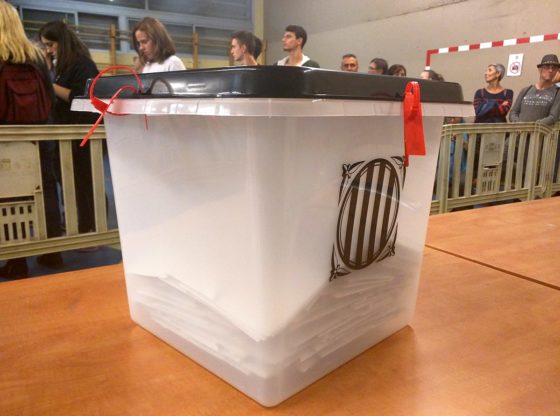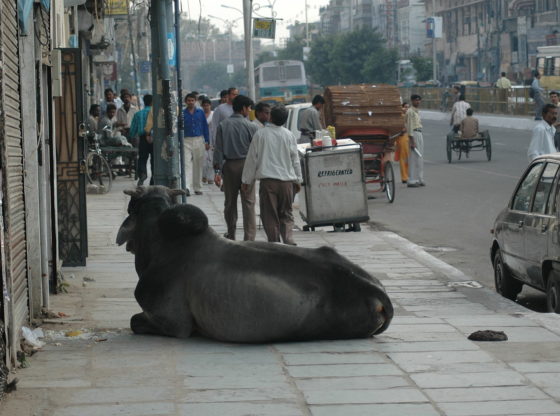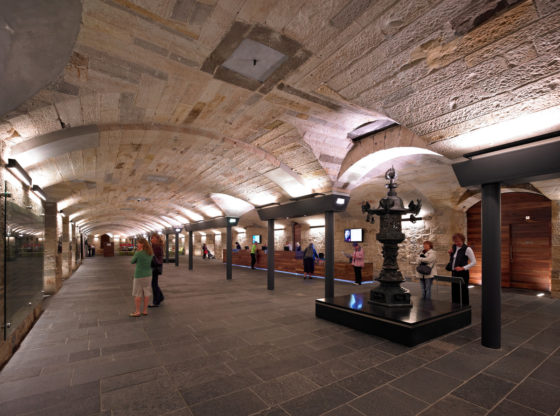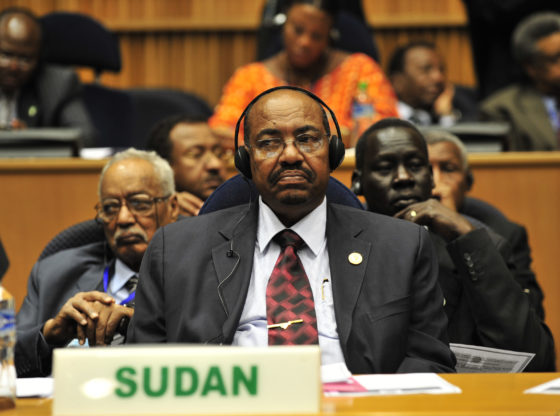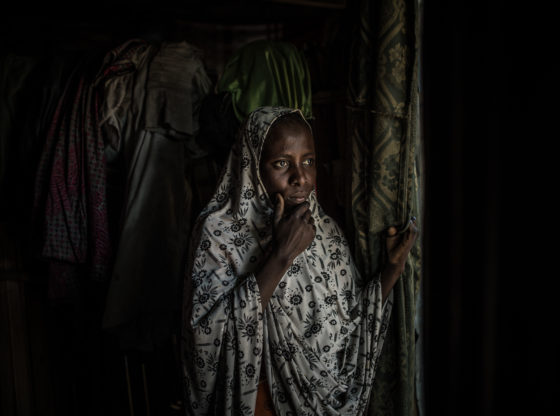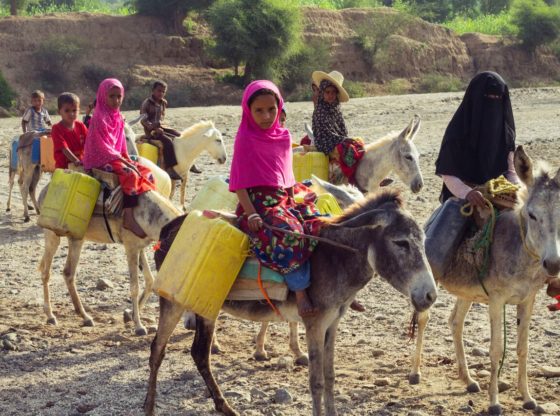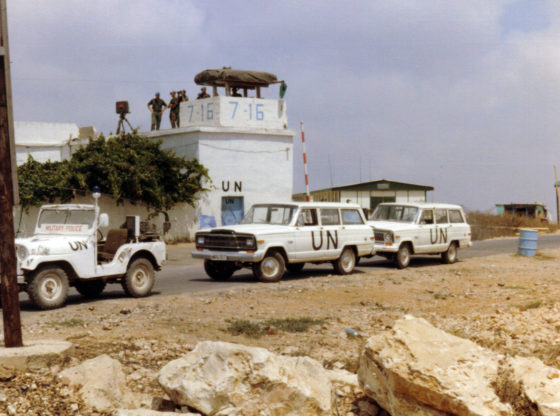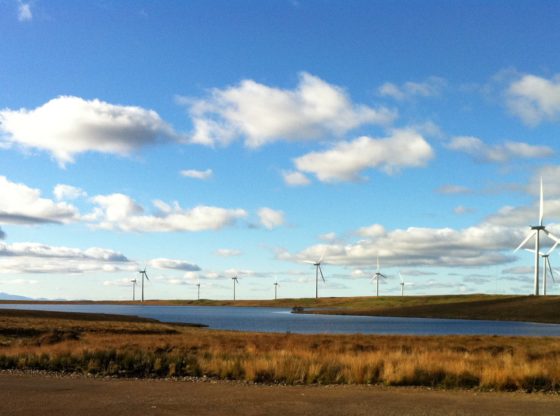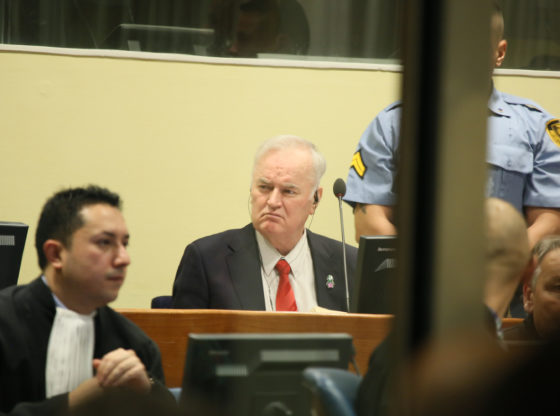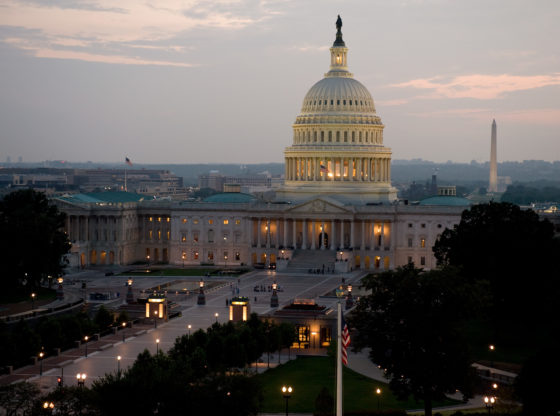In this short opinion piece, Douglas Chapman MP reflects on the recent Arctic Circle Forum conference in Edinburgh. He argues that Scotland must now look north and embrace the chance to work with northern neighbours on the many issues of mutual interest and concern.
Scotland is the Arctic’s closest neighbour. The potential for collaboration and mutual learning between us is exponential. That is why I have been a champion of closer political engagement with the Arctic countries for some time. I am an active member of the All Party Parliamentary Group for Polar Regions in Westminster. I also recently lodged an Early Day Motion calling on the UK government to appoint an Arctic Ambassador. Here I share some of my highlights from the Arctic Circle Scotland conference which took place between 19-21 November, and what I have taken away from it.
Day 1
On a cold and windy Sunday afternoon, reminiscent of some of our more northerly neighbours on a good day, I set off south towards Edinburgh on a journey which will, ironically, lead me figuratively further north. Having been an Arctic enthusiast for some time, I am looking forward to embracing the opportunity to engage with representatives from the High North at a venue just across the water from my own constituency of Dunfermline and West Fife. My destination is an Arctic Circle Forum event and it is being hosted for the very first time in Scotland’s capital city.
The welcome reception is a smorgasbord of people of mixed nationalities from places like Iceland, the Faroe Islands, Québec, Greenland, Finland and Norway. I meet a fascinating young anthropology PhD student who recounts extraordinary stories of the last two years he has spent living amongst the indigenous communities in Alaska. Another chance encounter with a representative from an international hydrogen energy company reveals a promising lead towards reinstating the Rosyth passenger ferry service in my constituency – an issue I have been pursuing for years.
Already, I am beginning to see the mutual value of connecting with our northern neighbours on a one-to-one basis.
Day 2
The first full day of the conference kicks off with an uplifting speech from Scotland’s First Minster, reminding delegates of Scotland’s ambitious climate change targets and why we should learn from our Arctic neighbours, where the impact of global warming is felt more keenly than anywhere else. In his presentation, Lord Deben, Chairman of the Committee on Climate Change UK, holds up Scotland as an example of forward-thinking to others across the UK, driving home the point that Arctic climate change - and the developments associated with it - have impacts well beyond the Arctic.
Discussions on transport follow, with Domagoj Baresic, a Polar Research and Policy Initiative Fellow from University College London, highlighting Scotland’s potential as a hub for the cruiseliner industry. Gylfi Sigfússon, CEO of Eimskip, meanwhile points out that we currently lack the infrastructure to accommodate the cargo shipping industry. We then hear of the successful development of the Finnafjord port in Iceland from Dr Lars Stemmler, Head of International Projects at Bremenports, Germany – food for thought for an upcoming meeting I have with the UK Ports Minister.
Our MC, Mark Stephen, asks an astute question of the private transport firms on whether it is no longer just about ‘the bottom line’ but is in fact more about the three bottom lines: profit; people; and environment. This observation prompts nods from the panellists and a murmur of agreement from the assembled delegates. The potential merits arising from the opportunities associated with a changing Arctic must be weighed up against the potential negative impacts.
Late afternoon sees a meaty session on energy innovation – an area where the Scots have much to offer. Scotland’s launch of the world’s first ever floating wind farm is mentioned more than once amongst conversations around more niche renewable energy sources, such as geothermal, which Cathy Johnston of Glasgow City Council earlier revealed is already being used to heat homes in some parts of Glasgow. It turns out that Iceland is a world leader in geothermal, as explained by Ute Collier of the International Energy Agency, so where better to seek guidance on further developing this form of energy in Scotland?
Neil Kermode, Managing Director of the European Marine Energy Centre, tells us of the Orkney success story, where the islands have been producing over 100 percent of their energy from renewables since 2013 and one in ten households generate their own power. There are clearly lessons to be learned across borders in a region which holds some of the greatest potential for renewable energy in the world.
Day 3
This morning’s session includes fascinating talks on multi-sectoral blue growth through marine and coastal tourism. My ears prick up as I listen to Giancarlo Fedeli speak of the success of his Cool Routes project, a sailing route with over 300 stops along the coast of Ireland, Northern Ireland, Scotland, the Faroe Islands, and Norway, which has the benefit of sustaining small coastal enterprises in often remote communities, and helping extend their market reach.
The North Coast 500 in the Scottish Highlands is mentioned as another example of successfully attracting tourism to remote areas; however, it is acknowledged that this project has taught us a valuable lesson that maintaining the integrity of our natural resources is part of the challenge of sustainable tourism – something that Iceland is particularly mindful of with the rise in popularity of its stunning Blue Lagoon as a tourist hotspot. Malcolm Roughead, Chief Executive of Visit Scotland, tells us that tourism is now Scotland’s “most sustainable and enduring” industry. As we break for a coffee, I find myself wondering how I can use this thinking in my own constituency, which itself has vast potential for coastal and other forms of tourism.
The final sessions cover design and innovation, during which I am blown away by the cutting-edge approach taken by Lucy Fraser of Albyn Housing Association and Matt Stevenson of Carbon Dynamics towards health and housing in the context of Scotland’s ageing population. Together they have designed high-tech, low-energy adaptable housing units complete with state-of-the-art wellness sensors which can monitor the resident’s health and potentially predict changes, for example falls, before they happen. Already they are collaborating with Northern universities on artificial intelligence used in the oil industry to help develop their design. Their vision of Scotland as a global leader in predictive health is truly awe-inspiring.
The last discussion of the day features a range of young people living in remote communities - it proves to be one of the most poignant sessions of the entire conference. Tukumminnguaq Nykjaer Olsen, a student from Greenland, recounts losing over 20 friends to suicide in her home country due to the various challenges associated with living in such a remote and isolated place. We discover through the experiences of others - including Ole-Anders Turi, a reindeer herder from Norway, and Catriona Mallows, who grew up in and has now returned to the Scottish Highlands - that young people in particular have much to learn from each other on how to tackle these shared problems and that the way forward is surely through joint interaction and social inclusiveness.
For me, the key message that permeated the three-day conference was one of collaboration – that by working together, sharing our experiences, and learning from one another, we can achieve great things. The many similarities that we in Scotland have with the countries of the Arctic make us well placed to engage on multiple levels.
One of the images that stuck in my head was that used by Jóhanna á Bergi, CEO of Atlantic Airways in the Faroe Islands, of an art installation depicting a Faroese flag made out of imported food packaging. It served as a reminder that we are all part of the wider world and that no country is self-sustainable. In the context of the new geopolitical importance of the Arctic region described by the Chairman of the Arctic Circle, Ólafur Ragnur Grmísson, I believe that now, more than ever, is the time for Scotland to look North.
Douglas Chapman is MP for Dunfermline and West Fife and is the SNP Spokesperson for Defence Procurement, as well as serving on the European Scrutiny Committee. He can be found on Twitter at @DougChapmanSNP
Feature image: The Arctic Circle Forum. Assembly Rooms, Edinburgh, 20 November 2017.


